Basil is a popular herb that is so easy to grow in your garden. Basil is classified as a perennial herb, but most gardeners treat it as annual and replant it yearly. This versatile herb is found in many culinary dishes all over the world and is a popular medicinal herb in India and Africa. This herb thrives in hot and humid environment and is a perfect addition to your summer herb garden. One basil seedling can grow into a bushy plant, and you will likely have more basil leaves that you know what to do with. Toward the end of the season the basil flowers and you can harvest the dried flower buds and extract the seeds to plant for your basil crop next year. I will show you step by step how to harvest & save basil seeds.
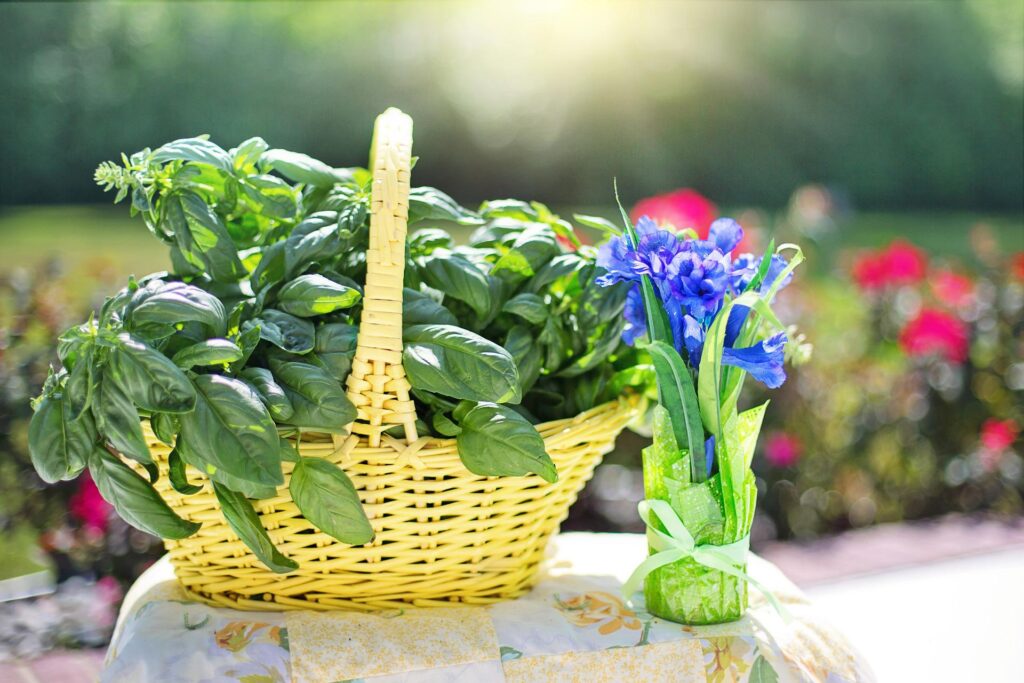
How to Grow Basil Plants
If you are starting your own basil seeds you will plant them directly in the garden soil when it has warmed to 70°F or start them indoors in seed starting trays. If you are using seed starting trays indoors, I find using a heat mat helps maintain the soil temperature. The optimal basil seed germination temperature is between 73°F to 81°F. A heat mat can help with quick germination as you do not have the temperatures swings in the controlled environment compared to the outdoor garden soil. Plant 2 – 3 seeds per cell, 1/4″ deep in a quality seed starting mix. Keep the soil moist but not soaking wet.
Once the basil seeds sprout it is important to place them under a grow light if you are starting them indoors. Place the grow light approximately one inch above the seedlings to prevent the basil seedlings from becoming leggy. Once the seedlings have 2 true leaves, I water the seedlings with a diluted all-purpose fertilizer like AgroThrive. After your basil seedlings have 3 – 4 sets of true leaves and the temperature is moderate outdoors I will harden off the seedlings by moving them outdoors in dappled shade for a few hours daily, increasing the hours until they are outside in full sun all day.
Caring for Basil Plants
To plant your basil seedling, select a garden area that receives 6 – 8 hours of direct sunlight every day. They thrive in full sun but can tolerate a partially shaded area as well. Choose a spot with adequate drainage; basil loves moist soil, but you do not want the area over saturated. Over saturated soil without good drainage will lead to root rot. You may also grow basil in containers or raised beds.
If planting in rich soil, basil does not require much fertilizer. I fertilize my basil plants twice during the growing season using the AgroThrive All Purpose Fertilizer.
Pinch your basil to encourage branching to create a fuller plant. To continue harvesting leaves from your basil plant, pinch off any flowers that begin to show. Once a basil plant flowers, the leaves become more bitter. Toward the end of the growing season, you will want to allow the plant to flower in order to save the basil seeds.
Succession sow basil seeds to ensure you have a supply of fresh basil throughout the gardening season.
How do Basil Plants Pollinate
Basil plants are pollinated by insects such as bees and lady bugs who take pollen from the male basil flowers and pollinate the female basil flowers producing a viable mature seed. Bees are indiscriminate as they move from flower to flower and can cross pollinate varieties if multiple varieties are planted close by. The easiest way to ensure you will not have cross pollinated hybrid basil to is plant your seed saving stock at least 150 feet away from other basil varieties. The different types of basil varieties are below.
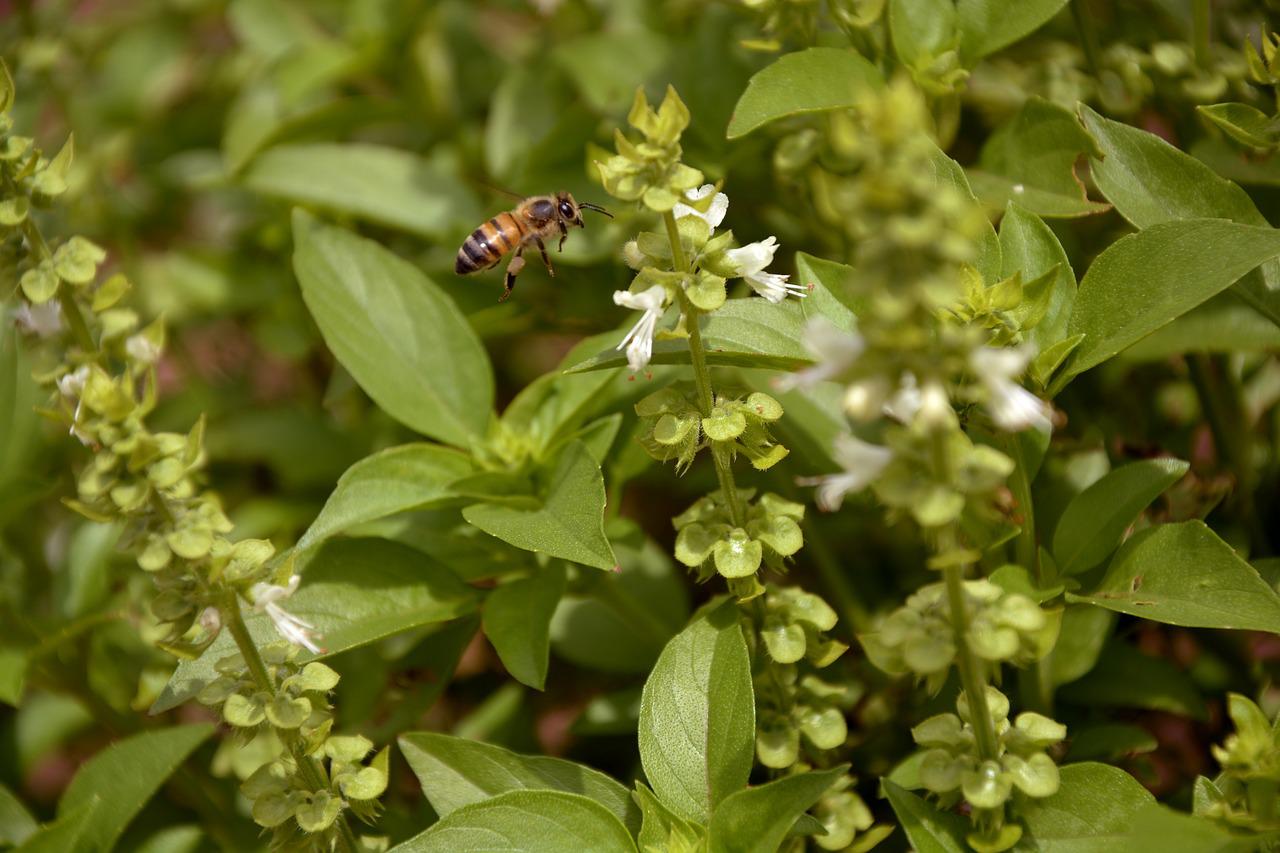
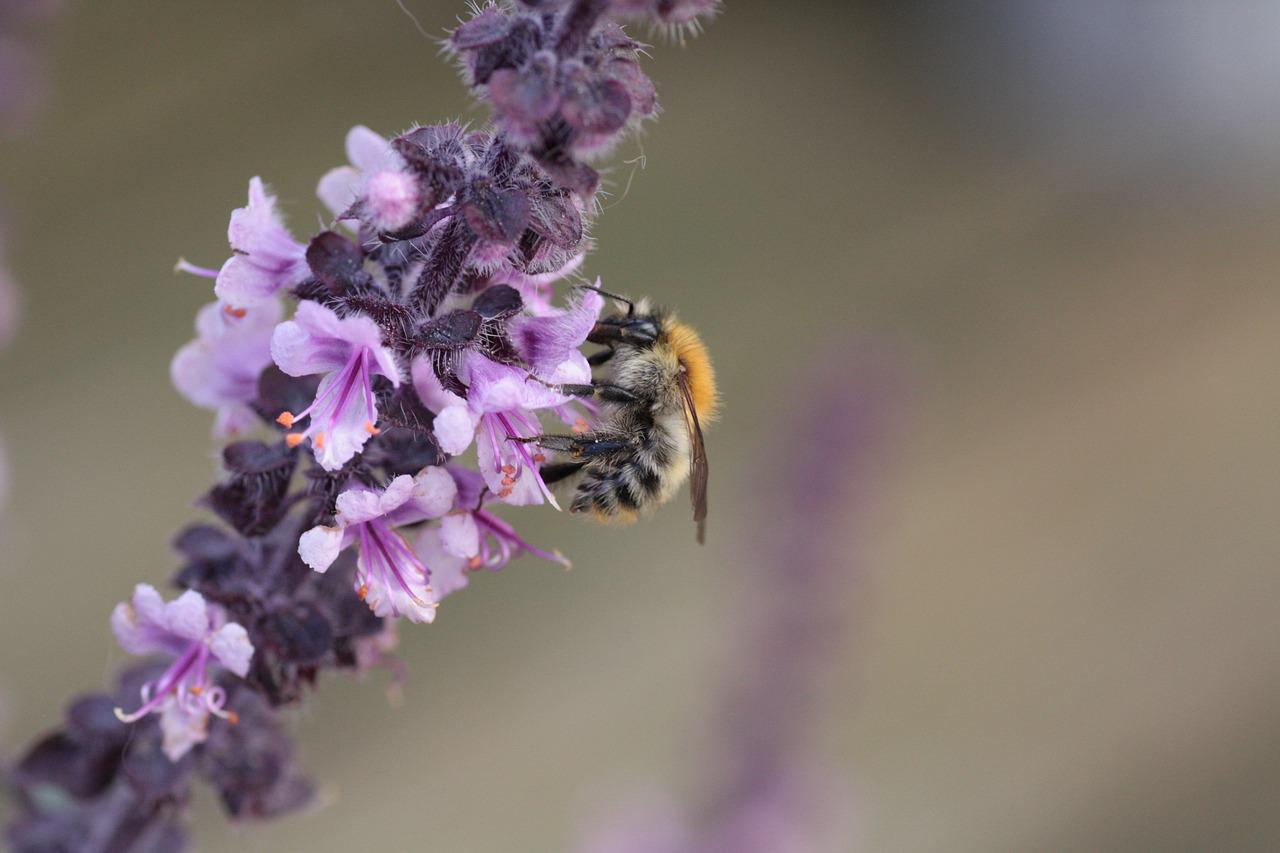
Varieties of Basil
There are between 50 – 150 different varieties of basil and range from heirloom varieties to hybrid varieties. You will only want to seed save from an heirloom variety. A hybrid variety is not guaranteed to produce the same as its parent plant from which the seeds were harvested.
Sweet Basil – Most common grocery store basil is sweet basil; it is used in many Italian dishes, pesto, sauces and salads.
Genovese Basil – Genovese basil is one of the most popular culinary varieties and is most often used in salads and to garnish dishes. Genovese basil has darker green leaf compared to sweet basil. I find that I use my Genovese basil plant the most and I love its strong flavor.
Lemon Basil – Lemon basil has a unique flavor that is both sweet and tangy with hints of lemon and anise. It adds an interesting addition to salads, cocktails, rice and pasta dishes.
Purple Basil – Purple basil is aromatic and gorgeous. Use it as a culinary herb just like it’s green basil relatives; it also makes a beautiful garnish to any plate. Purple basil can also be a grown as a fragrant ornamental in your landscape!
Thai Basil – Thai basil is popular in Indian cuisine and a wonderful complement to chicken. It has a licorice flavor and is not sweet like the other varieties.
How to Know When to Collect Basil Seeds
Basil is ready to collect seed when the flower stalks are dry and turn brown. After a basil plant flowers, it will take approximately 4 – 6 weeks for the flower stalks to dry and turn brown. All the flower stalks will not be mature at the same time allowing collection of seed for several weeks as each stalk dries.
If you have a wet and humid environment, you may use a sharp knife or pruners to remove the flower heads to dry. If your flower heads are green, place them in a warm dry location to dry. They will be ready to collect the seeds when the seed heads are brown and dry.
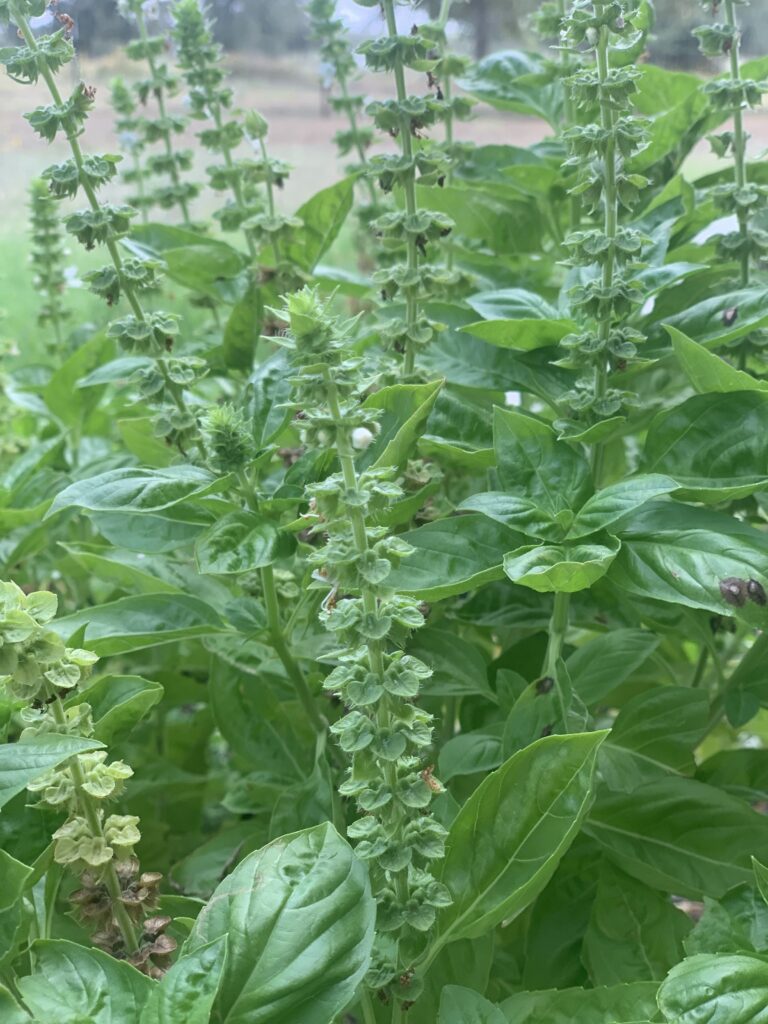
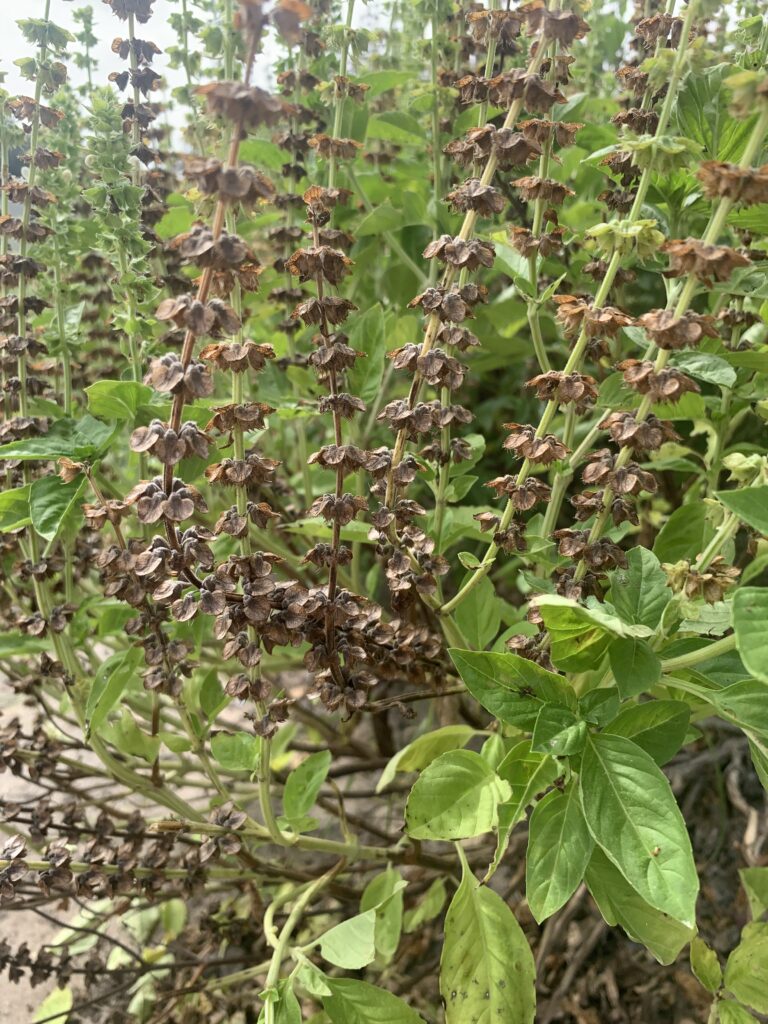
How to Harvest & Save Basil Seeds
Take the dried flowers and remove a dried flower petal. The dried petals contain seed pods with tiny black seeds. These tiny seeds are about the size of a sesame seed. I extract the seeds by rolling the petal between my thumb and forefinger to break away the seeds from the pod. Each pod will contain 4 – 5 seeds. Separate the seeds from the chafe.
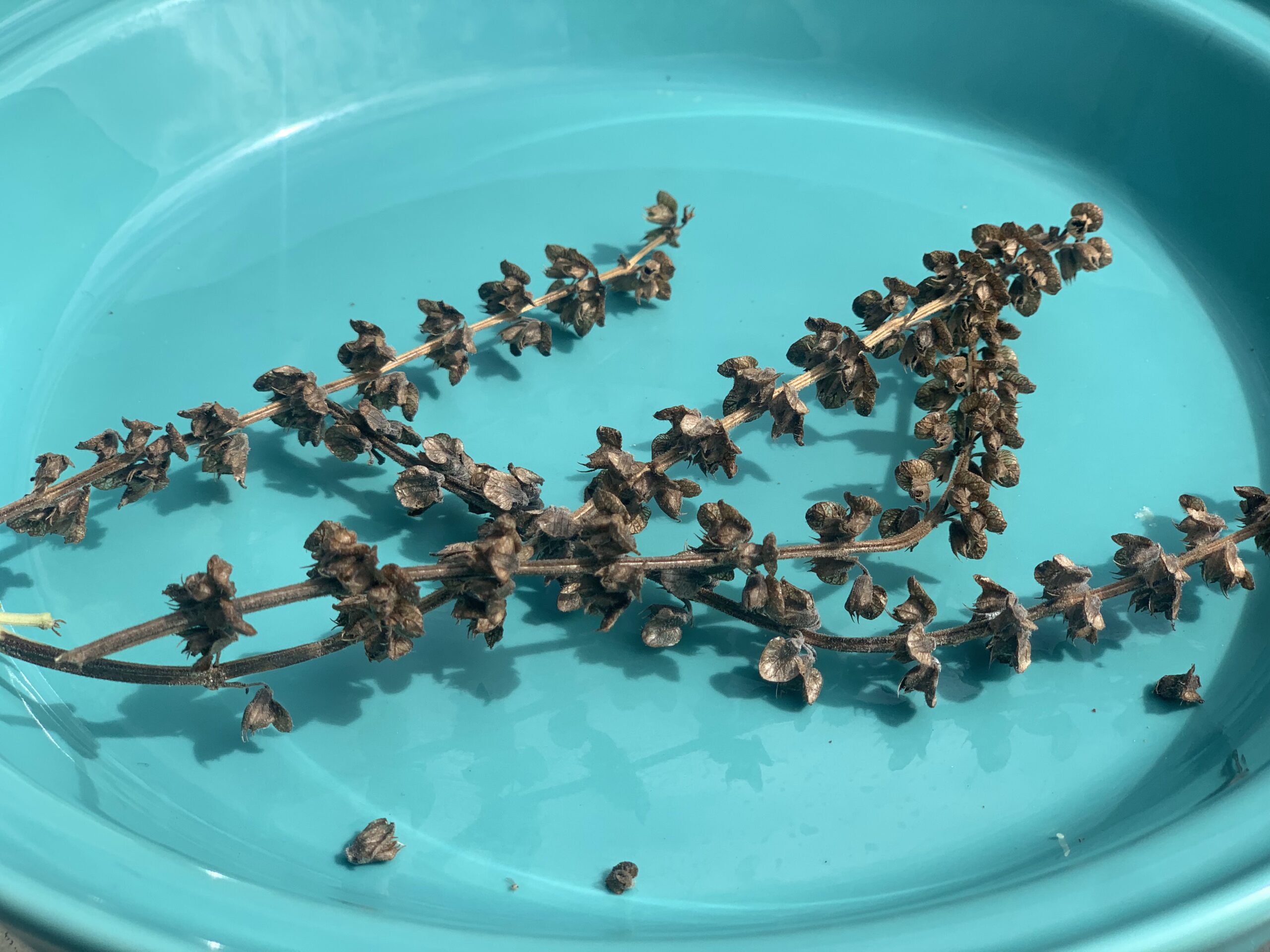


If you are saving a large quantity of basil seeds you might find it faster to fill a fine mesh strainer with several seeds pods. Roll the seed pods with your hands against the mesh to separate the seeds. Store basil seeds in a dry location in a sealed container such as a plastic bag or container or glass jar.
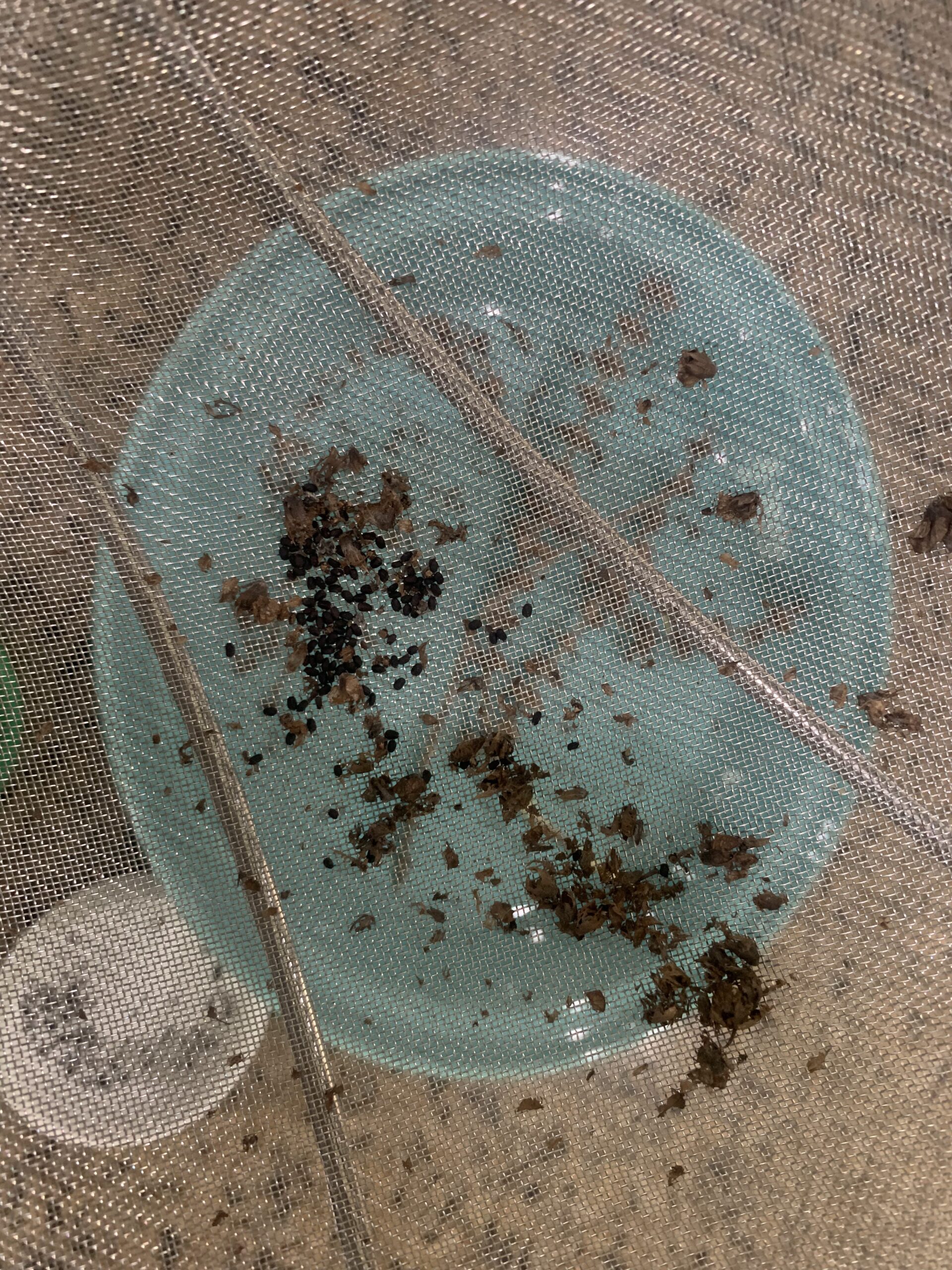

Basil seeds will store up to 5 years if kept in cool, dry location. You will use the planting instructions above to grow new basil plants from your own seeds.
Now that you know how to harvest & save basil seeds, check out my other seed saving tutorial for How to Save Lettuce Seeds
Linking up with Simple Life Mom Blog Hop
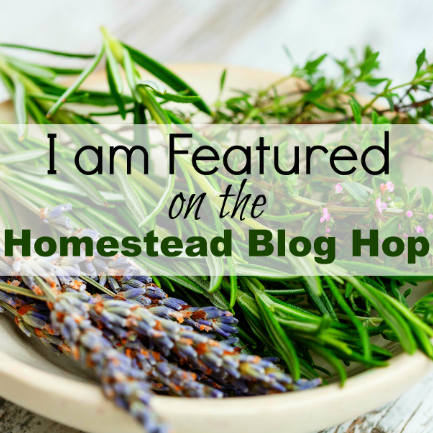


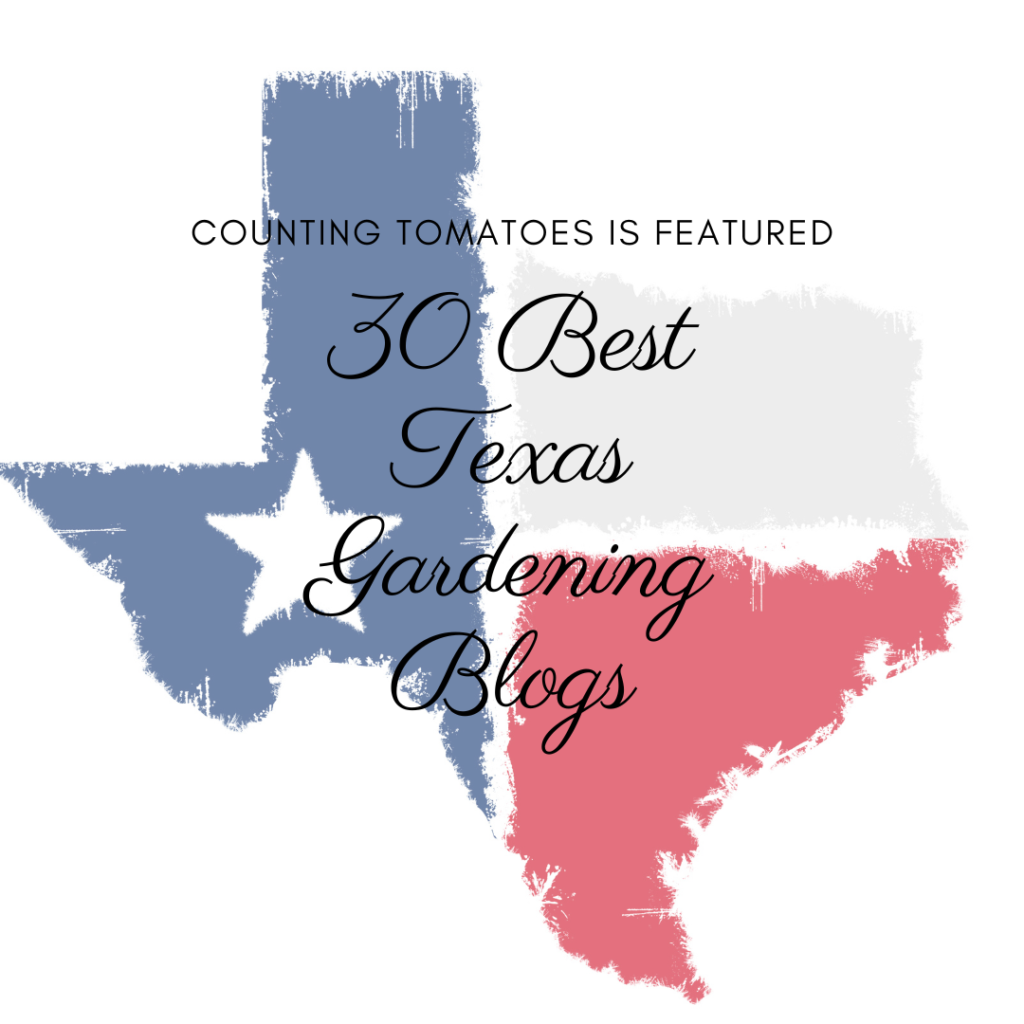
Lots of great info! Thanks so much for linking up at the Unlimited Link Party 79. Pinned.